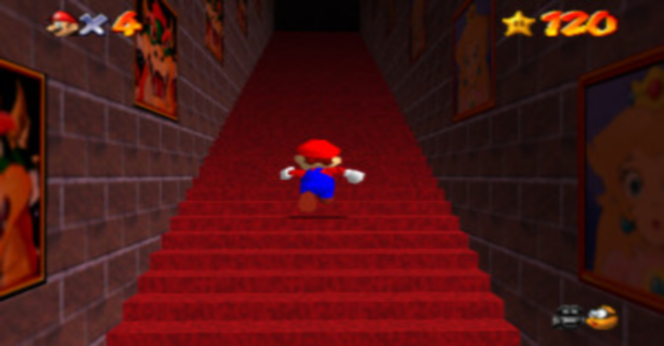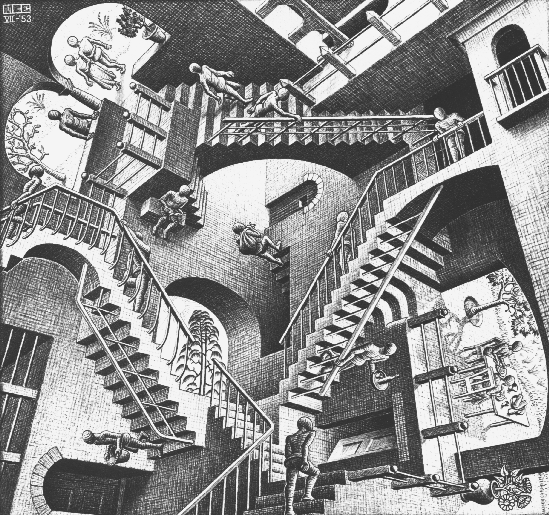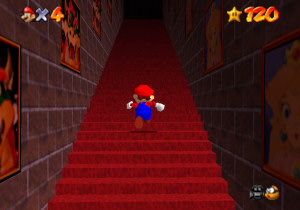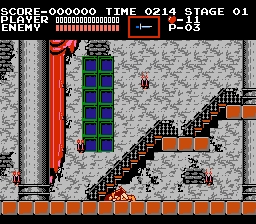
RetroHate
Stairway to Hell
Stairs. Animators hate them. Daleks (were) confounded by them. They whine and groan like a little kid after getting socks for Christmas instead of a Nintendo or Sega. They break when you least expect it. They taunt you with the promise of victory at the top. They write with permanent markers on video game cartridges. They kidnap children, beat up old ladies, assault women, kill teenagers and, and…wait, what was I talking about? Oh right. Stairs.
To be honest, I didn’t pay much attention to stairs in video games until recently. My attention/hate came to a head when I couldn’t progress through a certain game because I didn’t ascend a set of stairs exactly the way the game wanted me to. So I decided to let off some steam here in my second RetroHate feature. Let’s talk Stairs!
An ancient construct of human invention, it’s only natural that stairs would appear in video games. The problem is when you don’t code your stairs correctly. Stairs shouldn’t get in the way of gameplay, they should just flow with the environment. Stairs that I like to call “The Ramp” I have no quibble with. They’re essentially a funky looking incline that doesn’t break the flow of my mad dash to the -insert magical/powerful/sexy McGuffin here-. Most good adventure games use The Ramp or some variation of it.
In platformers, stairs are a completely different Goomba, considering the entire platforming genre was heavily influenced by a guy named JumpMan. A simple incline you could glide or herky-jerky your way up simply wouldn’t do. No, platformers began utilizing a type of stairs I would call the “Jump-n-Tumble” stairs. I use the term “stairs” very loosely as these are often little more than a group of ascendingly/descendingly tall platforms that you have to either jump up or tumble down. In any other game, these would be a huge annoyance, but in a platformer it makes sense.
Reliability is another thing stairs aren’t always good at, especially in video games; the “Dalek Stairs” are a prime example of this. You’d think that if you saw a set of stairs in a room that you’d be able to climb them to the next level, right? Well, Dalek Stairs laugh at your misguided concept of logic and smack you in the face with the power of the invisible wall. DETER-minate. DETER-minate.
So, I’ve gone most of this post without getting too much hate on. Well, this is the part where I put my angry eyes on, for I haven’t mentioned the final type of video game stairs. Yes, there is another. The bastard child of Two-Dimensional Plane-Switching and Collision Detection. This vile villain takes pleasure in watching players scuffle about at his base trying to find the right pixel to start ascending. He laughs when players step a little to close to his top and fall right through him to their death, or worse… back-tracking. He snickers as players leap to him for safety and he expertly dodges them, sending them into a face-plant on the ground below. I’m talking about the Side-Stepping, Two-Faced, Manual Stair. Games like Castlevania are one of the more prominent games that fell under Manual’s curse. I despise having to position my character onto the right set of pixels in front of the stairs and then having to press the up or down button before I’m allowed to climb them. When I have the whole host of Hell’s demon’s bearing down on me, why can’t I leap onto the stairs for safety? WHY DO I KEEP FALLING THROUGH STAIRS THAT AREN’T BROKEN?!?!




